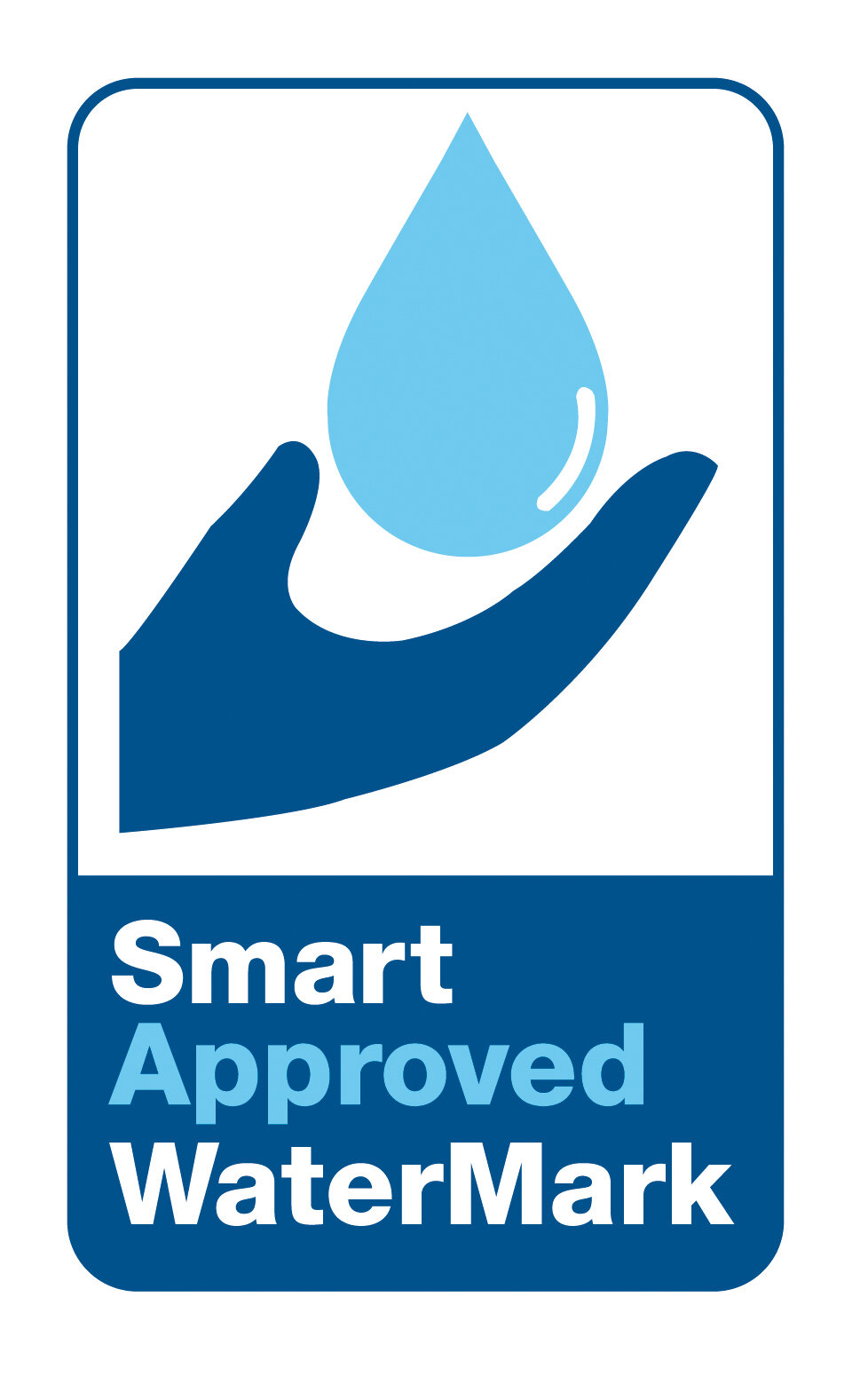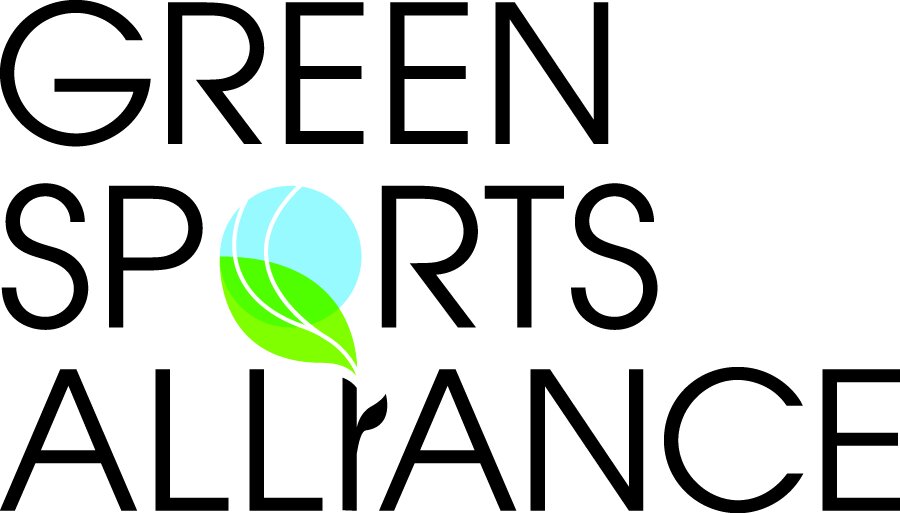EverPrime is a revolutionary product designed to prevent drain odors from escaping into restrooms. It works by maintaining the water seal in your facility’s drains, even when buildings are unoccupied for extended periods.
This is crucial because dry drain seals can become breeding grounds for harmful bacteria and gases that, when released into the air, can make building occupants sick.
With EverPrime, you can:
Improve indoor air quality: Keep your buildings fresh and free from unpleasant odors.
Protect the health of your tenants: Reduce the risk of illness caused by harmful bacteria and gases.
Save time and money: Avoid costly repairs and maintenance related to drain issues.
But don’t just take our word for it.
Check out these verified reviews from Amazon and other sources to see why EverPrime is a must-have for property managers:
Works as advertised.
Verified Purchase
Posted by Robert on October 12, 2020
It's easy to use. Follow the instructions, and the odors are gone. I had an overflow drain in the laundry that would dry out and cause an unwanted sewer smell. I purchased Everprime, and there is no more smell.
Verified Purchase
Posted by JL on October 2, 2020
I'm a property manager. I got tired of tenants complaining about sewer gas smells in restrooms when the traps dry out. So far, Everprime is not drying up, and complaints have stopped. Yea!
Verified Purchase
Reviewed in the United States on March 23, 2024
I use it in the drains in [our] Florida house. It works great, and after a couple of months of dormancy, the house doesn't stink.
Verified Purchase
Reviewed in the United States on November 23, 2017
It clogged my bathroom sink after a few days. Nothing unclogs it, not even Drano.
Verified Purchase
Reviewed in the United States January 15, 2020
Response from Waterless Co Spokesperson: EverPrime is not a drain opening liquid. It is simply an odor blocker, coming to the rescue when the liquid trap in the pipe below the drain evaporates.
Our advice: Use an angular to open the drain and see if that opens the drain. If that does not solve the problem, a plumber may be necessary but try doing this first.
Great product
Verified Purchase
Reviewed in the United States on February 23, 2019
Perfect accessory for home urinal
Verified Purchase
Reviewed in the United States on September 16, 2019
Easy to use; great stuff but a little pricey.
Verified Purchase
Reviewed in the United States on August 13, 2021
Response from Waterless Co Spokesperson: All that is needed is 3 ounces of EverPrime per drain as needed. The product works for months making it very cost effective.
Great functionality. Easy to use. Safe and effective. Good packaging
Verified Purchase
Reviewed in the United States on January 5, 2021
Note: These are actual reviews. We just corrected them for spelling and grammar where necessary.



















